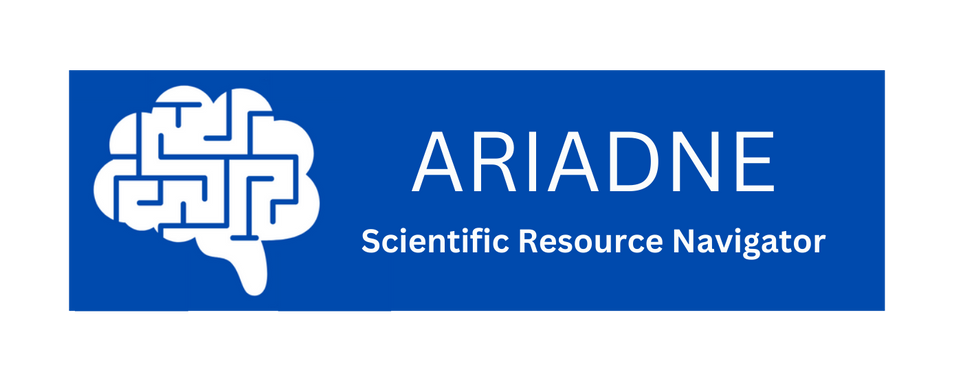STEP 10: Dissemination#
Once a study has been pre-printed and/or published, the dissemination process does not necessarily end (Bourne, 2007). It can be important to pursue additional dissemination strategies in order to reach as many people as possible to benefit from the new findings (Ross-Hellauer et al., 2020). Generally, two target groups should be differentiated when it comes to dissemination: Other researchers and the general public.
Academic audiences. Typically, new findings are presented at conferences in the form of talks or posters (Pain, 2022), and circulated on social media platforms (e.g., ➜ X or ➜ Mastodon). These dissemination forms might happen before or during Step 9 as part of the preprint upload, or even as early as Step 7 to get peer feedback on the freshly analyzed results.
Non-academic audiences. Regarding reaching the general public , science communication journals can also be addressed (➜ In-Mind, ➜ Scientific American, ➜ APS Observer, ➜ APA Monitor on Psychology, or ➜ Gehirn und Geist), and usually the outreach offices of many institutions can be contacted to circulate a press release among regional and national news outlets.
A wide-reach dissemination strategy is highly recommended, as research has increased value beyond the academic community, when a study’s findings leave the academic ivory tower (see glossary) and are communicated to the general public and stakeholders such as funders.
Key questions in this step#
How to design a poster for a conference?
How to prepare a scientific presentation?
How to present your research to a lay audience?
